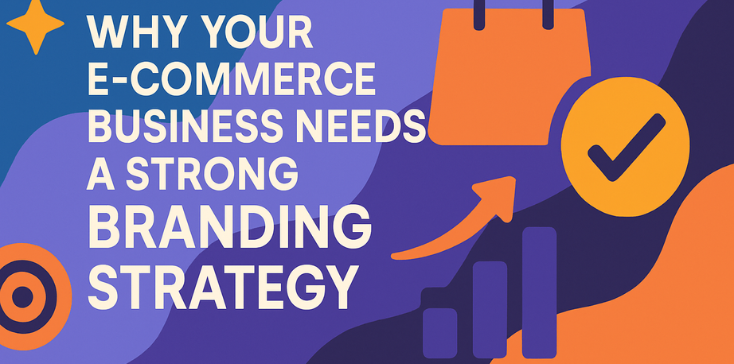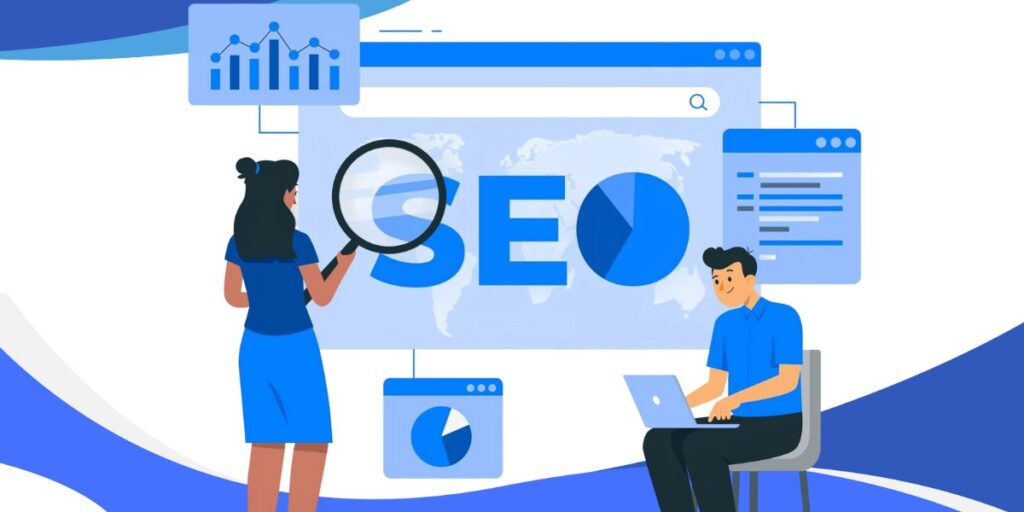Let’s skip the fluff, yeah?
If you’re in the B2B eCommerce business in 2025, you already know it’s not about flashy trends or shouting the loudest online. It’s about dialing in b2b ecommerce marketing strategies that actually work — the kind that move the needle, improve ROI, and keep you top-of-mind with high-value buyers.
You don’t need gimmicks. You need a game plan that respects your buyer’s journey, understands complex decision cycles, and leans into smart data.
I’ve spent the last decade working with B2B brands trying to do just that — some succeeding, others learning the hard way. So today, let’s chat about what’s working right now, what will matter in the months to come, and how you can use these insights to grow with confidence.
Top 7 B2B eCommerce Marketing Tactics
Want to grow your B2B eCommerce brand in 2025? Here are the marketing tactics that actually drive ROI — not fluff. Tested, practical, and built for serious growth.
1. Customer-Centric SEO: Less Keywords, More Intent
Here’s the thing: SEO in B2B is not dead. It’s just misunderstood.
Most B2B companies still treat SEO like it’s 2012 — stuffing pages with keywords like “enterprise solutions” or “synergistic software.” That doesn’t cut it anymore. Buyers aren’t searching like robots. They’re asking real questions. And Google? It’s gotten smarter at connecting those questions to real, human-centered answers.
In 2025, B2B SEO needs to focus on intent-first content. Think less about individual keywords and more about solving a buyer’s micro-problem. For example, instead of writing a product page optimized for “procurement automation software,” create a guide titled: “How Procurement Teams Can Cut Costs Without Compromising Quality” — and naturally weave in your solution.
At Growwithba, we helped a SaaS client shift their entire blog strategy around search intent. The result? 54% increase in organic leads in six months. Because when content mirrors the actual questions buyers are typing into Google, magic happens.
2. Sales + Marketing = Smarketing
Yeah, the name sounds cheesy, but the alignment? Pure gold.
In 2025, siloed marketing teams just don’t cut it. Your sales and marketing teams need to be in sync like a great jazz band. That means shared data dashboards, weekly syncs, and collaborative planning sessions.
One of the simplest yet most powerful tactics we implemented for a manufacturing client at Growwithba? Creating a shared Airtable where sales could drop common objections or questions from leads. Marketing used that real-world intel to create targeted nurture emails and SEO blog posts. The result? A 38% improvement in lead-to-customer conversion rate.
Marketing is no longer just about creating demand. It’s about closing the loop.
3. B2B Email Isn’t Boring Anymore
Remember when B2B email felt like reading a spreadsheet? Those days are (thankfully) behind us.
Modern B2B buyers crave value and voice. They want newsletters that feel like they were written by someone who gets them. No fluff. Just insights, takeaways, and a clear point of view.
Here’s what works:
- A strong POV (no more playing it safe)
- Personalized segmentation by buyer stage or industry
- Occasional storytelling or founder notes that humanize your brand
One of Growwithba’s eCommerce clients in the logistics space started including mini case studies in their bi-weekly emails. Engagement doubled within a quarter.
4. LinkedIn Is Still the B2B King — If You Use It Right
LinkedIn is crowded, sure. But it’s still the place to nurture relationships and demonstrate authority.
But here’s the trick: don’t make it all about your company. Share useful insights. Start conversations. Let your leadership team build personal brands. The trust you build there bleeds into your bottom line.
At Growwithba, we helped a niche B2B brand train their product leads to post weekly content on LinkedIn — from behind-the-scenes processes to lessons learned from client projects. Inbound demo requests spiked. Why? People buy from people, even in B2B.
5. Leverage AI Tools, But Keep the Human Edge
Yes, AI is everywhere. And yes, it can save hours on content ideation, research, and even some first drafts. But here’s the hard truth: AI alone won’t make your brand memorable.
Use tools like ChatGPT to speed up processes, but always add a human layer. Edit for voice. Inject experience. Use your stories. B2B buyers are smart — they know the difference.
6. First-Party Data Is Your Secret Weapon
With cookies going away and privacy tightening, your owned data matters more than ever.
Make sure you’re capturing the right signals:
- Who’s opening your emails?
- What content are they consuming?
- Which touchpoints lead to demos?
Then use that data to create smarter nurture flows, retargeting campaigns, and even product roadmap decisions.
We helped a client set up a lead scoring model using first-party data from their email tool and CRM. Within three months, sales was spending less time on cold leads and more on qualified buyers.
7. Content Isn’t Just Written Anymore
Video explainers. Webinars. Podcasts. Interactive tools. B2B content in 2025 goes way beyond blogs and whitepapers.
If you’re in eCommerce, consider showing how your solution integrates with ERPs in a short video. Or launch a niche podcast that tackles specific supply chain pain points. The goal? Be useful in formats your buyers prefer.
Growwithba recently helped a mid-market software brand turn their top-performing blog post into a three-part video series. The result? 3x higher engagement compared to the written version.
Real Talk: Marketing Tactics Are Only Half the Battle
Tactics are great. But strategy? That’s where the ROI lives.
B2B ecommerce marketing strategy in 2025 is about showing up consistently, listening more than you speak, and measuring what matters. It’s about creating real resonance with real people — behind every purchase order is a human trying to solve a problem.
If you’re looking to rethink your B2B eCommerce marketing with a human-first lens, Growwithba is doing this every single day. Not with templates or tricks, but with smart strategy, honest storytelling, and results that actually matter.
FAQs: B2B eCommerce Marketing in 2025
Q: What’s the most effective B2B eCommerce marketing channel in 2025?
A: Still email — when done right. It’s personal, scalable, and measurable. But don’t ignore organic SEO and LinkedIn for early-stage awareness.
Q: How can I prove ROI to my leadership team?
A: Tie your marketing metrics to real business goals: demo bookings, qualified leads, average deal size, customer lifetime value. Vanity metrics don’t move budgets.
Q: Is SEO still worth the investment for B2B ecommerce marketing?
A: Absolutely. But only if you treat it like audience-first storytelling, not keyword stuffing.
Q: Should we be using AI for content?
A: Yes, but carefully. Think of it as a smart intern, not a replacement for your content strategist.
Q: How do we make our marketing feel more human?
A: Tell better stories. Show real people. Drop the jargon. Focus on connection, not just conversion.
![BA LOGO 2[1] Logo](https://growwithba.com/wp-content/uploads/elementor/thumbs/BA-LOGO-21-rctdwc6e44k0gscol760abdhmupxvrcikanaiw5kow.png)



